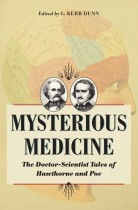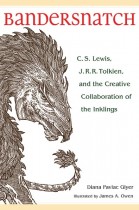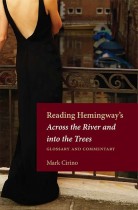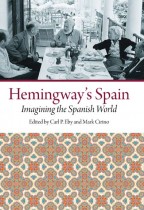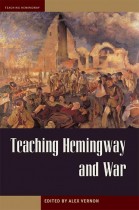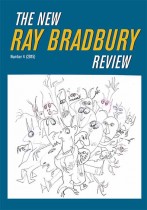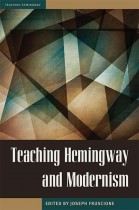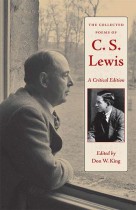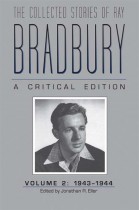Teaching Hemingway and Gender
Verna Kale | Filed under: Hemingway Studies, Literature & Literary Criticism, Teaching Hemingway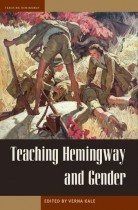
Ernest Hemingway’s place in American letters seems guaranteed: a winner of Nobel and Pulitzer prizes, Hemingway has long been a fixture in high school and college curricula. Just as influential as his famed economy of style and unflappable heroes, however, is his public persona. Hemingway helped create an image of a masculine ideal: sportsman, brawler, hard drinker, serial monogamist, and world traveler. Yet his iconicity has also worked against him. Because Hemingway is often dismissed by students and scholars alike for his perceived misogyny, instructors might find themselves wondering how to handle the impossibly over-determined author or even if they should include him on their syllabi at all.

